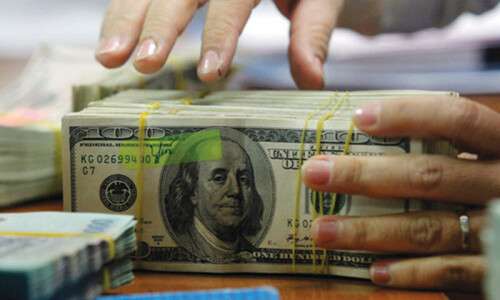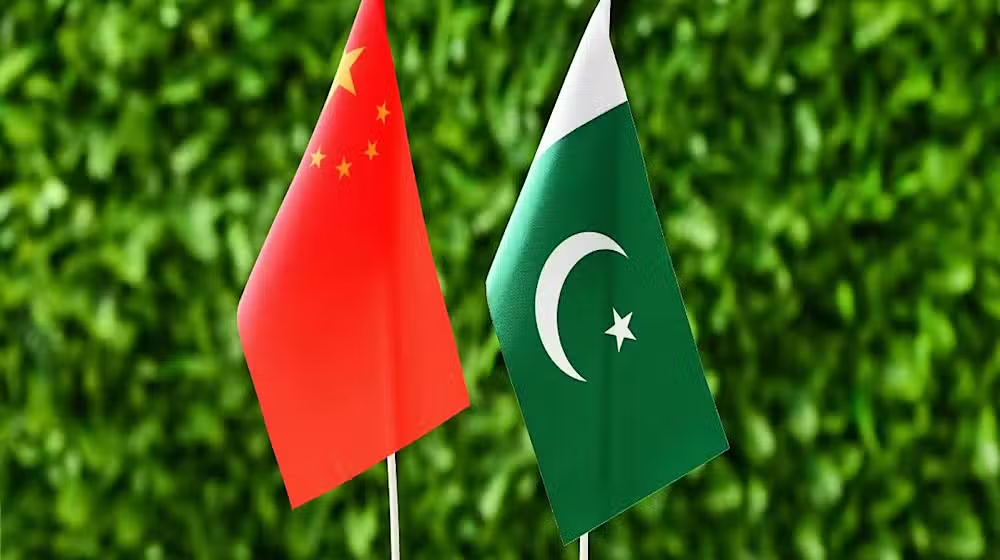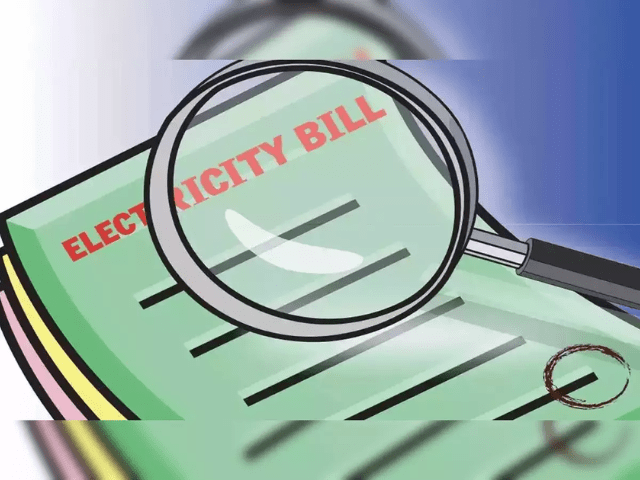Pakistan’s Increasing Debt Burden
Pakistan’s growing financial dependence on external debt has become a major concern in recent years, with China emerging as the country’s largest creditor. As of 2023, Pakistan owes nearly $29 billion to China, making it the largest bilateral creditor. This growing debt burden poses significant risks to Pakistan’s economy and financial stability. The situation is compounded by Pakistan’s reliance on multiple international financial organizations, including the International Monetary Fund (IMF) and the World Bank, further raising concerns about the country’s fiscal health.
The financial strain on Pakistan has become evident with increasing external debt obligations and dwindling fiscal space. According to the World Bank’s International Debt Report, Pakistan’s total external debt has reached approximately $130.85 billion in 2023. This figure not only highlights the country’s over-reliance on external borrowing but also places immense pressure on the nation’s fiscal position, particularly when debt servicing costs continue to rise.
In this article, we’ll explore the complexities of Pakistan’s debt crisis, the role China plays in it, and the broader implications for Pakistan’s economy and its relationship with international financial institutions.
H1: Pakistan’s External Debt and the Role of China
H2: The Rise of China as Pakistan’s Largest Creditor
China has become a dominant player in Pakistan’s external debt landscape, with a 22% share of the total external debt, valued at around $28.786 billion. This significant loan amount stems primarily from infrastructure projects under the China-Pakistan Economic Corridor (CPEC) and other strategic initiatives aimed at boosting economic ties between the two countries. However, the heavy reliance on Chinese loans raises concerns about the long-term sustainability of this financial relationship, especially given the rising cost of debt servicing.
Over the past decade, Pakistan’s debt-to-export and debt-to-GDP ratios have worsened, signaling a weakening fiscal position. The government’s ability to service its debt has become increasingly strained, with interest payments consuming a substantial portion of the country’s export earnings. China’s financial support, though crucial, may not be enough to alleviate the economic challenges posed by these rising debt obligations.
H2: Pakistan’s Growing Debt-to-Revenue and Debt-to-Export Ratios
Pakistan’s fiscal situation is concerning, as reflected in its increasing debt-to-revenue and debt-to-export ratios. The World Bank has highlighted that Pakistan’s external debt amounts to 352% of its total exports and 39% of its Gross National Income (GNI). Furthermore, the country’s total debt servicing is a staggering 43% of its total exports and 5% of GNI, placing significant pressure on its foreign exchange reserves and economic stability.
The situation is further exacerbated by Pakistan’s struggle to increase its revenue base, which is necessary to meet its growing debt obligations. With exports failing to keep pace with the rising debt, Pakistan faces a persistent challenge in balancing its external debt and maintaining economic growth.
H1: Implications of Rising Debt on Pakistan’s Economy
H2: Impact on Government Spending and Public Services
The rising debt burden is significantly affecting Pakistan’s ability to fund essential public services such as healthcare, education, and infrastructure development. A large portion of the country’s revenue is being allocated to debt servicing, leaving limited resources for social welfare programs. The World Bank has pointed out that interest payments on external debt in Pakistan now account for a significant share of export earnings, hampering the government’s ability to invest in critical sectors that could stimulate growth.
The financial constraints caused by the rising debt payments also make it challenging for the government to implement meaningful economic reforms, as most of the budget is already committed to meeting external debt obligations.
H2: Decreasing Fiscal Space and Rising Interest Rates
The World Bank has noted that many low- and middle-income countries (LMICs), including Pakistan, are facing tightening fiscal space due to rising interest rates and high debt servicing costs. As global interest rates climb, the cost of borrowing becomes more expensive, making it difficult for countries like Pakistan to manage their external debt.
Interest payments on Pakistan’s external debt have surged significantly in recent years, with the country now facing the second-largest interest payments in South Asia. This situation further undermines the country’s fiscal health and economic stability.
H1: The Role of International Financial Institutions and Debt Servicing
H2: IMF and the Pressure of Debt Repayments
Pakistan is also heavily indebted to international financial institutions, with the IMF holding a significant portion of the country’s debt. As part of its agreement with the IMF, Pakistan has committed to making regular debt repayments, which have placed further strain on the country’s already weakened fiscal position. The World Bank report also highlights that Pakistan, along with other LMICs, is facing escalating debt servicing costs as a result of global economic conditions and rising interest rates.
In 2023, the IMF’s repurchase obligations for Pakistan amounted to significant sums, contributing to the country’s rising debt burden. With limited access to international financial markets and constrained fiscal resources, Pakistan faces a growing challenge in meeting its debt obligations while ensuring economic stability.
H2: The World Bank’s Warning on Debt Sustainability
The World Bank has issued a clear warning about Pakistan’s weakening fiscal position and its rising debt-to-export ratios. The country’s ability to service its debt is becoming increasingly difficult, and without substantial reform in both fiscal and monetary policies, Pakistan may face even greater challenges in the future. The World Bank has emphasized the need for sustainable debt management and improved revenue generation strategies to reduce Pakistan’s dependency on external borrowing.
H1: What Needs to Be Done: Policy Recommendations for Pakistan
H2: Focus on Revenue Generation and Economic Diversification
To address the growing debt burden, Pakistan must focus on improving its revenue generation mechanisms. This includes broadening the tax base, reducing inefficiencies in public expenditure, and promoting economic diversification. By focusing on sectors such as manufacturing, services, and technology, Pakistan can reduce its reliance on external debt and improve its export performance.
H2: Debt Restructuring and More Favorable Loan Terms
Pakistan could explore options for debt restructuring to ease its debt repayment obligations. By negotiating better terms with creditors, including China, the IMF, and other international lenders, Pakistan can extend the repayment period and lower interest rates, making it easier to service the debt without placing undue strain on its economy.
H2: Strengthening the Domestic Economy and Infrastructure
Investing in domestic industries and improving infrastructure will not only help Pakistan reduce its debt-to-GDP ratio but also promote economic growth and job creation. The government should focus on enhancing industrial productivity and increasing exports to boost the economy’s resilience to external shocks.
H1: Conclusion: The Path Forward for Pakistan’s Debt Crisis
Pakistan’s increasing external debt, particularly to China, is a pressing issue that requires immediate attention. The country’s fiscal position has weakened, and the rising debt servicing costs threaten to undermine economic growth. In order to avert a financial crisis, Pakistan must focus on sustainable debt management, revenue generation, and economic diversification. By pursuing these reforms, Pakistan can regain fiscal stability and reduce its reliance on external borrowing.
FAQs
1. What is the total external debt of Pakistan in 2023?
Pakistan’s total external debt in 2023 is approximately $130.85 billion, with a significant portion owed to bilateral and multilateral creditors.
2. How much debt does Pakistan owe to China?
Pakistan owes around $28.786 billion to China, making it the largest bilateral creditor to Pakistan.
3. How is Pakistan’s debt servicing affecting its economy?
Pakistan’s debt servicing costs consume a large portion of its export earnings, making it difficult to fund essential public services and investments.
4. What role does the IMF play in Pakistan’s debt crisis?
The IMF holds a significant share of Pakistan’s external debt and has imposed strict conditions for the country’s financial assistance, adding pressure to Pakistan’s fiscal position.
5. What are the solutions to Pakistan’s debt crisis?
Solutions include improving revenue generation, diversifying the economy, restructuring debt, and negotiating better terms with creditors.
ALSO READ:
https://flarenews.pk/2024/12/04/pakistan-defers-lng-deal-with-qatar-for-2026/



